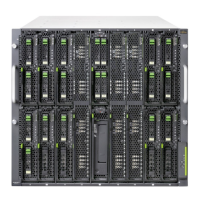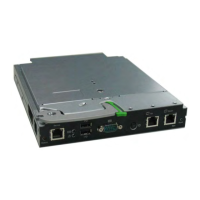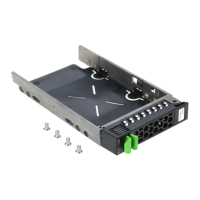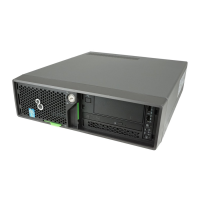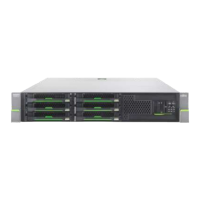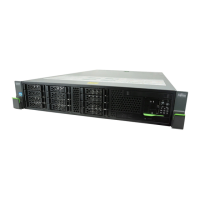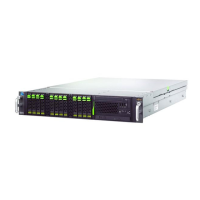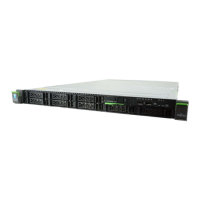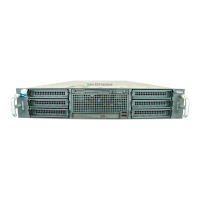Brocade 5450 Hardware Reference Manual 27
53-1001266-02
Connecting the Embedded Switch Module to the Ethernet network
3
Connecting the Embedded Switch Module to the fabric
Refer to “Cabling guidelines” on page 13 before beginning the following procedure.
Before beginning the following steps, determine whether the Embedded Switch Module is in
Brocade Access Gateway or Fabric OS Native mode. This affects the configuration process.
1. If the Embedded Switch Module is in Fabric OS Native mode, continue with step 2 and step 3.
If the Module is in Access Gateway mode, go on to step 4.
2. Log onto the Embedded Switch Module through a Telnet connection. For instructions on how to
log on through a Telnet connection, refer to “Using the PRIMERGY BX900 Management Blade
CLI to change system settings” on page 21.
3. Modify the domain ID, if required, using Embedded Switch Module CLI commands. Refer to the
“Domain IDs” section of the Fabric OS Administrator’s Guide for more information.
It could take a short time (typically a few seconds, but sometimes up to 20 seconds) for the
newly added Embedded Switch Module to appear in the fabric display with its newly-assigned
domain ID.
4. If you need to install SFP transceivers, install them in the external Fibre Channel ports as
required. The transceivers are keyed to ensure correct orientation.
a. Ensure the transceiver is correctly oriented and, if necessary, remove the end caps from
the SFP if the transceiver does not install easily.
b. Orient the transceiver correctly and insert it into a port until it is firmly seated and the
latching mechanism clicks.
For instructions specific to the type of transceiver, refer to the transceiver manufacturer’s
documentation.
c. Repeat step a and step b for the remaining ports, as required.
Use only Brocade-branded SFPs on the external optical ports of this module.
5. Connect the cables to the transceivers.
The cables used in trunking groups must meet specific requirements. For a list of these
requirements, see the Fabric OS Administrator’s Guide.
A cable should not be bent to a radius less than 5.08 cm (2 inches) under full tensile load and 3.048
cm (1.2 inches) with no tensile load.

